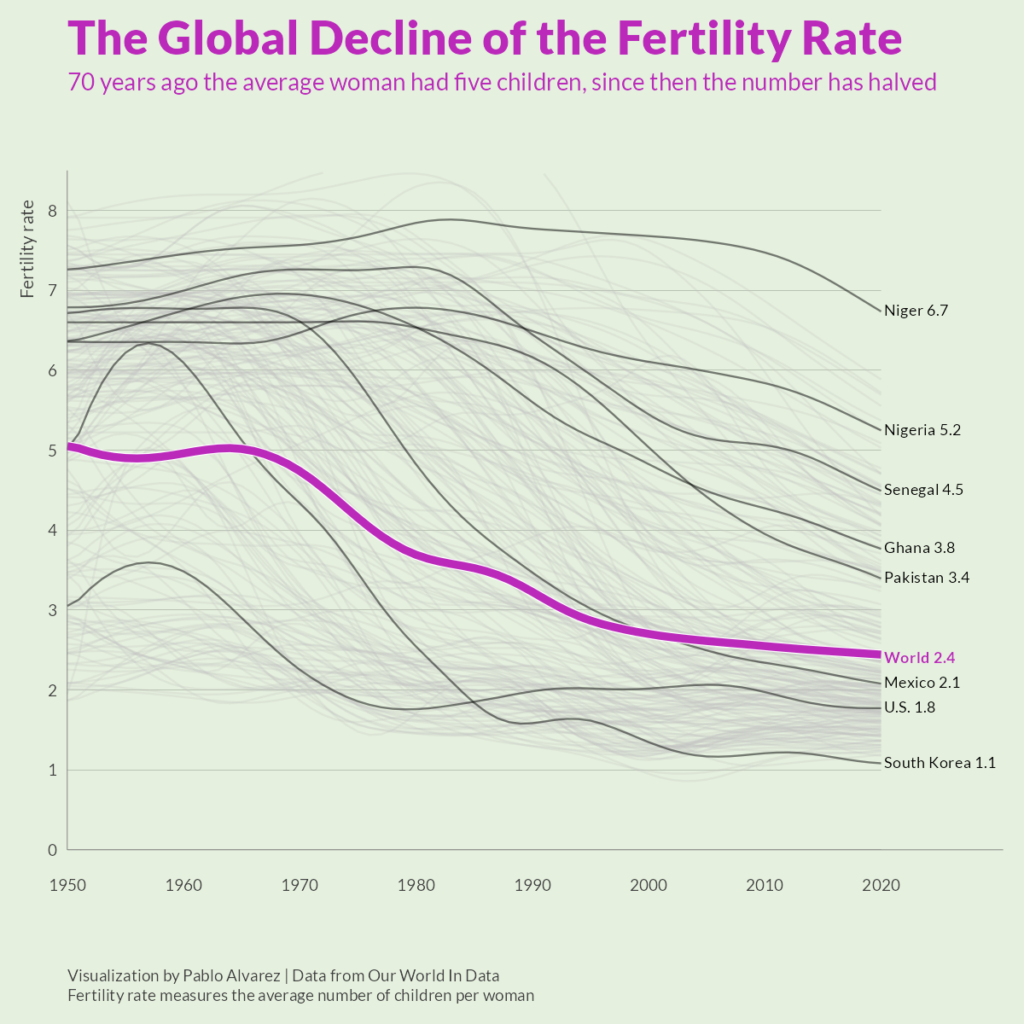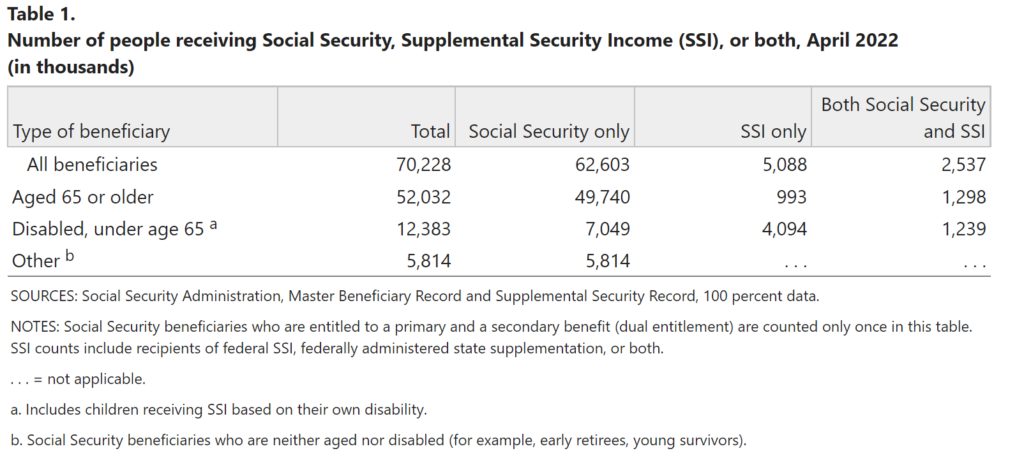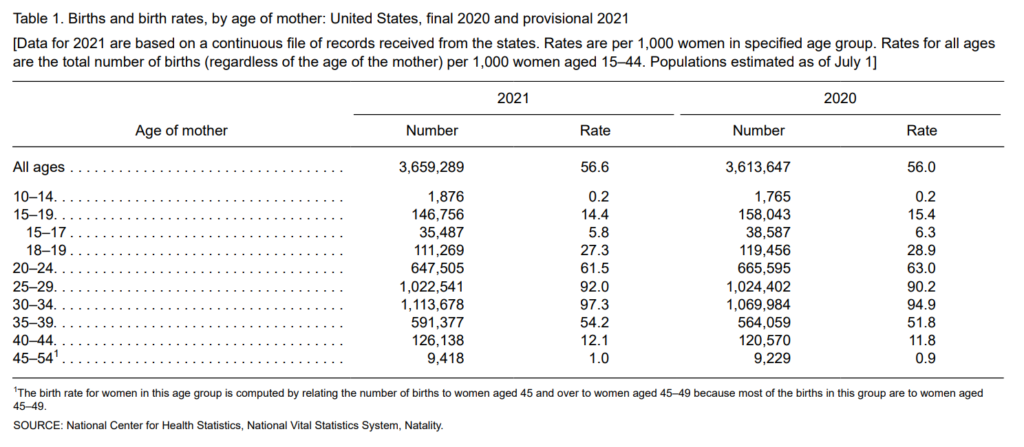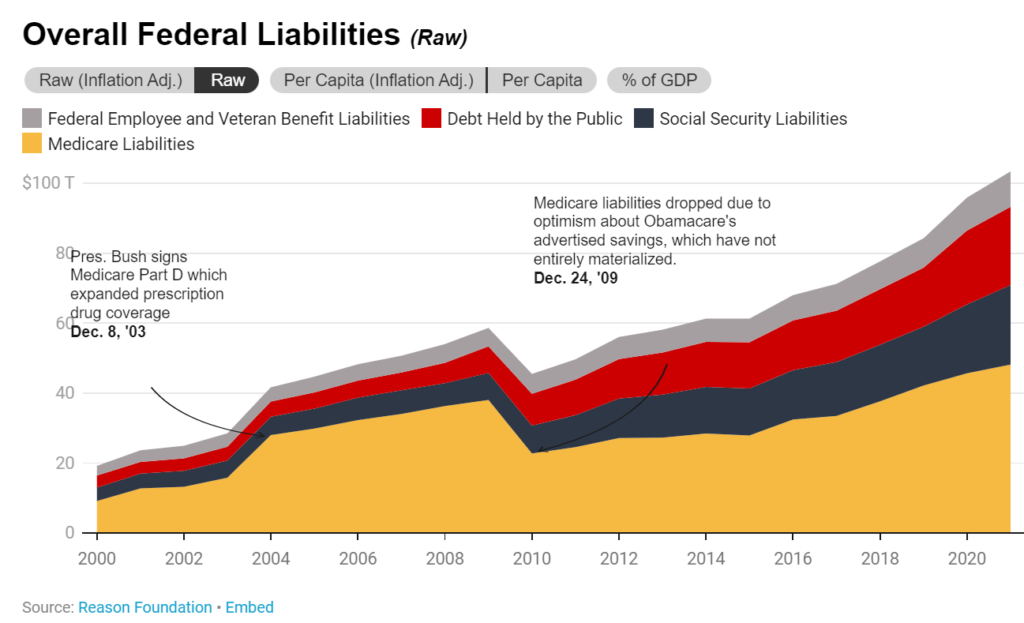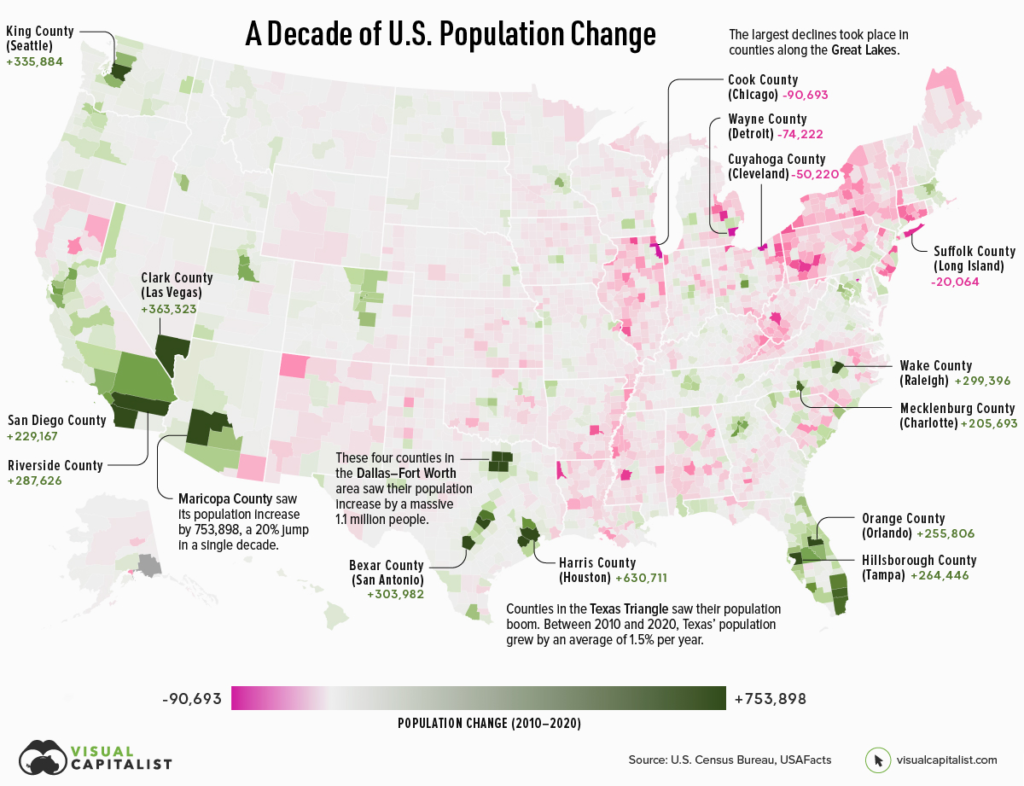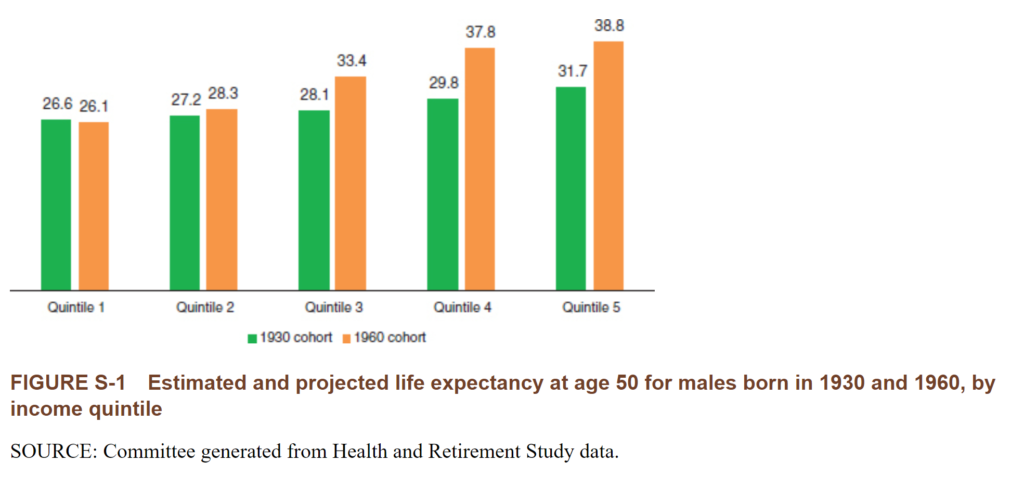Link: https://www.washingtonpost.com/business/2022/05/05/retirement-jobs-work-inflation-medicare/
Graphic:

Excerpt:
Roughly 2.4 million additional Americans retired in the first 18 months of the pandemic than expected, making up the majority of the 4.2 million people who left the labor force between March 2020 and July 2021, according to Miguel Faria-e-Castro, a senior economist at the Federal Reserve Bank of St. Louis.
The percentage of retirees returning to work has picked up momentum in recent months, hitting a pandemic high of 3.2 percent in March, according to Indeed. In interviews with nearly a dozen workers who recently “un-retired,” many said they felt comfortable returning to work now that they’ve gotten the coronavirus vaccine and booster shots. Almost all said they’d taken on jobs that were more accommodating of their needs, whether that meant being able to work remotely, travel less or set their own hours.
“This is primarily a story of a tight labor market,” said Bunker of Indeed, who added that there was a similar rebound in people returning from retirement after the Great Recession. “For so much of last year, the big question in the labor market was: Where are all the workers? This year we’re seeing that they’re coming back.”
Author(s): Abha Bhattarai
Publication Date: 6 May 2022
Publication Site: WaPo
